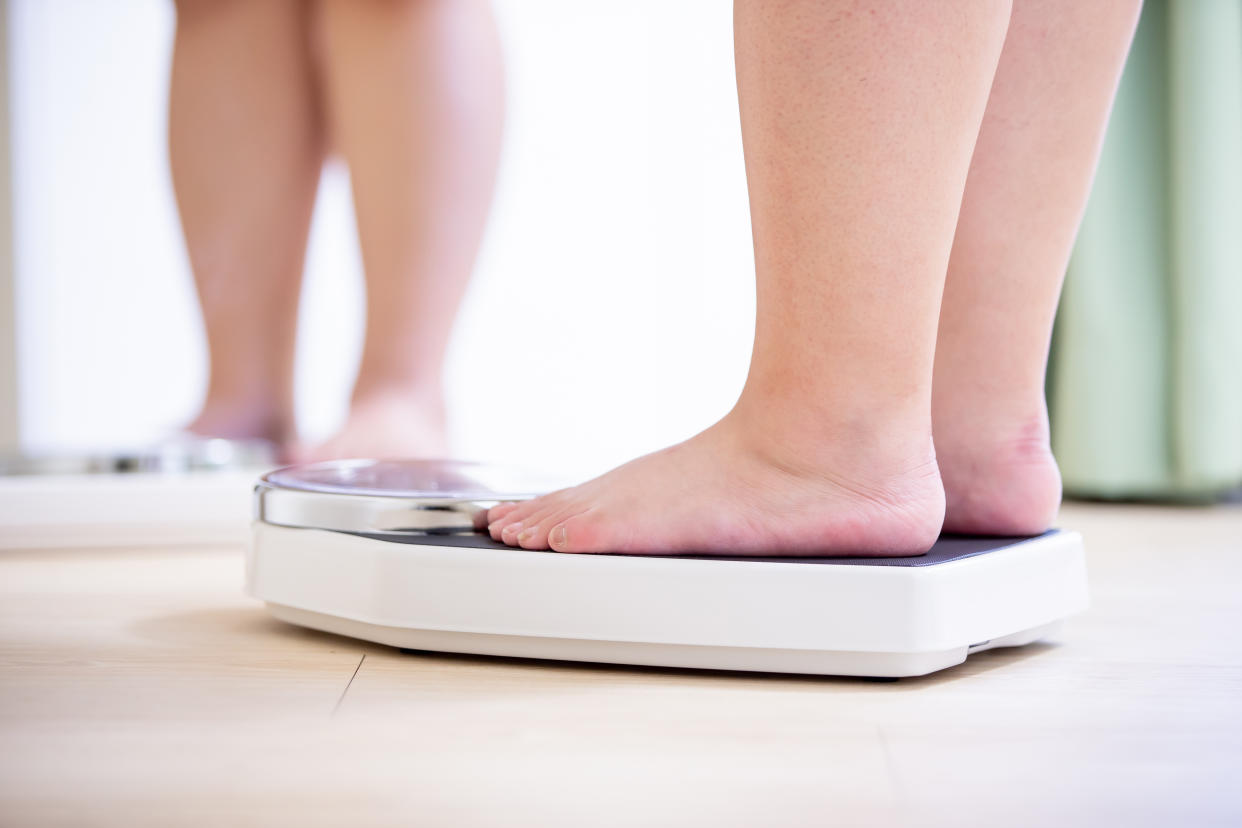Obesity on the rise among reception-aged children in England, statistics show

Statistics have revealed obesity is on the rise among reception-aged children in England.
NHS Digital data shows 9.9% of youngsters aged four to five were carrying a dangerous amount of weight in 2019/20, up from 9.7% in 2018/19.
Obesity is more common among boys, affecting 10.1% of male reception children, compared with 9.7% of girls.
Read more: Junk food advert watershed could save 40,000 UK children from obesity
Children living in the most deprived areas of England are more than twice as likely to have a dangerously high body mass index (BMI) than youngsters from the most affluent regions.
One expert stressed the statistics are “not good news”, adding “we now need action on child health, not just words”.

“These results are not good news for child health,” said Caroline Cerny, from the Obesity Health Alliance.
“The latest data show that this year, like most other years, the number of children with a weight classified as obese has continued to rise, with those living in the most deprived areas twice as likely to be affected.”
Read more: Reversing childhood obesity to 1980s level could save the NHS £66bn
Childhood obesity has been linked to bullying and low self-esteem.
Carrying an excessive amount of weight at a young age is also associated with obesity in later life, raising the risk of heart disease, type 2 diabetes and even certain cancers.
Watch: Children eating 500 ‘extra’ calories a day
The annual National Child Measurement Programme survey, overseen by Public Health England, analyses the height and weight of about a million children from September to August.
The latest results show that as well as obesity rising among reception-aged children, it has also increased in students in year six.
Among children aged 10 to 11, 20.2% were obese in 2018/19, rising to 21% in 2019/20.
Read more: Comfort-eating meant adults struggled to maintain weight in lockdown
Obesity is again more common among year six boys, affecting just under a quarter (23.6%) of males, compared to one in five (18.4%) girls.
When looking at the impact of deprivation, the team behind the survey found 27.5% of year six children living in the most disadvantaged areas of England are obese, compared to 11.9% of those in the most affluent regions.
Among children in reception, 13.3% living in the most deprived areas are obese, more than double the 6% growing up in the most affluent regions.
“In a year when public health has been propelled to the forefront of politics, we now need action on child health, not just words,” said Cerny.
Amid the coronavirus outbreak, children are significantly less likely to become seriously ill and die with the infection.
Statistics have repeatedly shown, however, coronavirus complications are more common among the obese.
Boris Johnson has vowed to tackle obesity, blaming his own overweight frame for landing him in intensive care with the coronavirus in April.
The UK government has announced ambitious plans to halve childhood obesity by 2030.
In 2007, it introduced a watershed that prohibits the advertisement of junk food around “programmes of particular appeal to children aged four to 15 and on dedicated children’s channels”.
It is now considering going further by implementing a 9pm watershed across all programmes.
“Taking junk food out of the spotlight through restrictions on marketing and promotions, including the long overdue 9pm watershed on junk food adverts, should be the first step,” said Cerny.
“The sooner action is taken, the sooner we can give all children the chance to grow up healthy.”
Watch: How the coronavirus pandemic has affected childhood obesity


